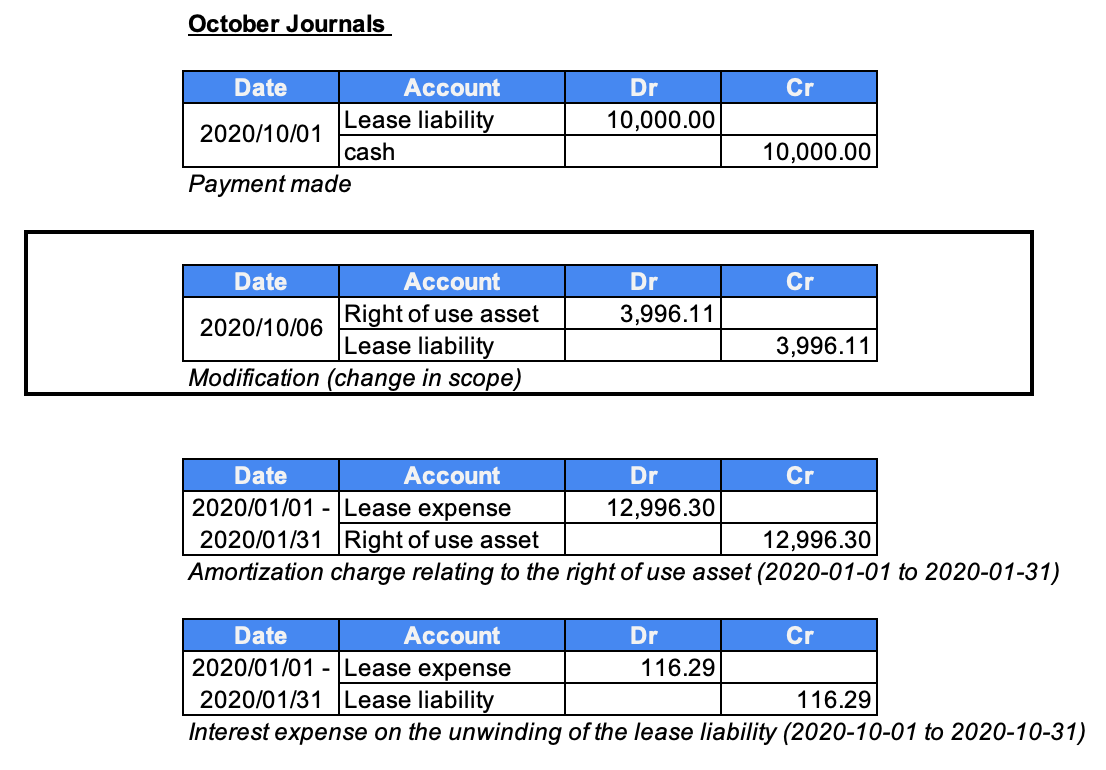
Receive instant access to our entire collection of premium materials, including our 1,800+ test questions. Double Entry Bookkeeping is here to provide you with free online information to help you learn and understand bookkeeping and introductory accounting. And in our next lesson we’re going to look at each of these journals (books), what they’re used for, and how they work.
What is the general journal entry to record Edison’s utilities bill of $520?
This will help you to identify the other account used. A related account is Supplies Expense, which appears on the income statement. C. Journal entries are written with the debit on the top and the credit on the bottom slightly indented. All amounts are written beside the account name with a positive number.
Identify the item that would cause the trial balance to not balance.
- If you’re not yet familiar with journal entries, don’t worry!
- A current asset which indicates the cost of the insurance contract (premiums) that have been paid in advance.
- Each journal entry must have at least one debit and one credit.
- You’ll become more efficient at answering these questions correctly, so you’ll feel calm, and confident while taking your test.
- The customer pays for goods providedc.
D. A debit to an asset increases the asset. You must keep the accounting equation in balance so you must also decrease an asset (with a credit) or increase a liability or owner’s equity (with a credit). Crediting a liability or owner’s equity not listed. Each journal entry must have at least one debit and one credit.
Financial Ratios and Equity
A related account is Insurance Expense, which appears on the income statement. Account balances are the amounts on the income statement and balance sheet below. Asset and expense accounts will have a debit balance. Account balances will be the how ground leases 2 0 create value and avoid disaster amounts on the income statement and balance sheet below. The cash payment of a $1,230 account payable was posted as a debit to Accounts Payable and a debit to Cash for $1,230. He is the sole author of all the materials on AccountingCoach.com.

A. An expense is debited when it increases. Supplies expense is recorded when the supplies are used up. An expense occurs when an asset is used up. B. Credit to cash is a decrease and debit to notes payable is a decrease. Less cash and less owed occurs when amounts are paid.
C. Wages paid to employees who worked this period is an increase to an expense and a decrease to cash. Increasing an expense is a debit and decreasing cash, an asset, is a credit. A. A revenue account is credited when it is increased. Revenues are recorded with an increase when the revenue is earned this period; a good or service has been provided this period. Each transaction and journal entry not only require a debit and credit but are also often accompanied by a brief explanation of the transaction. This is written just below the debit and credit.
Unearned revenue and deferred revenues are liabilities. Test your knowledge of double entry bookkeeping with our accounting entries quiz. C. The company can not owe someone and be owed as a result of the same transaction.
Retained earnings is used for dividends paid and closing entries. If you need a refresher course on accounting journal entries you can view our basics of bookkeeping tutorials here. B. Expense accounts are debited when they increase. A service provided to the company this period is an increase in to the expense this period. Click through to the next lesson on the accounting journals. Below is a brief summary of these transactions and journals.
D. Retained earnings decreases when dividends are paid or the company incurs a net loss. Paying dividends is a reduction to shareholder’s equity. Decreases to shareholder’s equity is recorded with a debit. A. Expenses are either paid for now or paid for later. Reducing cash is recorded with a credit.

